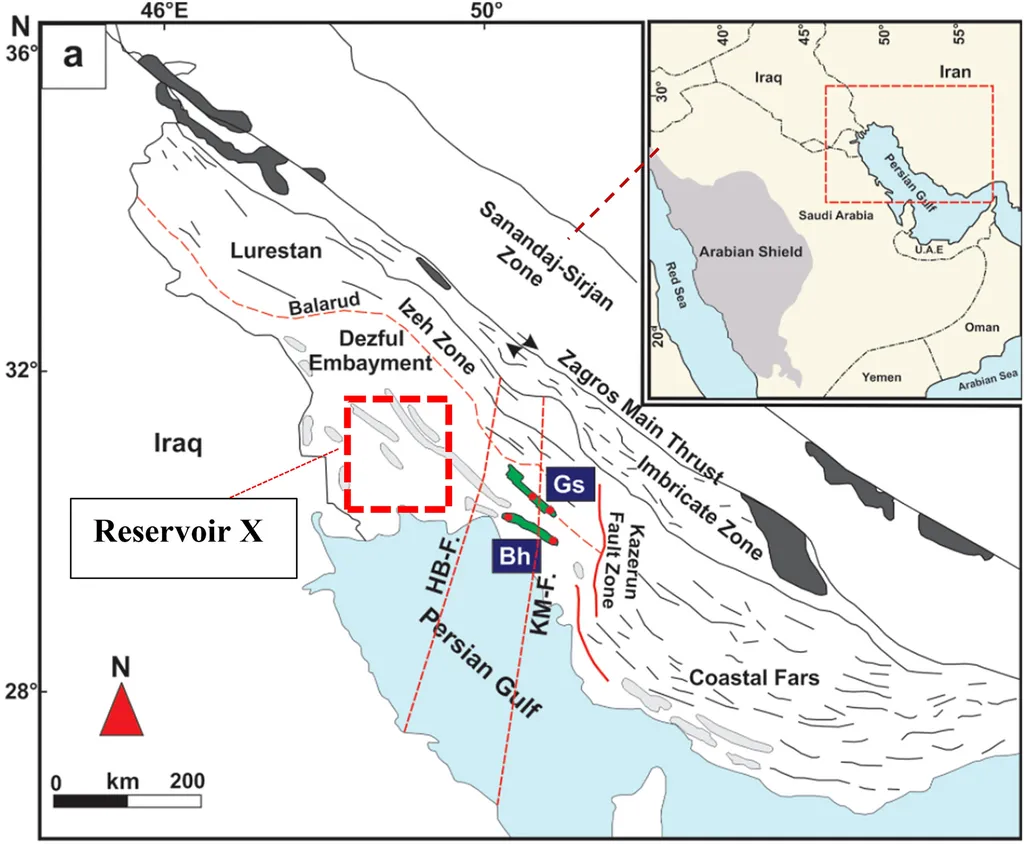In the heart of the energy sector, where every drop of oil and gas counts, a new method is emerging to help geologists and engineers better understand the complex structures of carbonate reservoir rocks. This isn’t just another academic exercise; it’s a potential game-changer for the industry, offering a more precise way to predict reservoir properties and improve production strategies.
At the forefront of this research is Ivan S. Putilov, whose work, published in the journal *Известия Томского политехнического университета: Инжиниринг георесурсов* (translated as *Proceedings of the Tomsk Polytechnic University: Engineering of Georesources*), is shedding new light on how to type carbonate reservoir rocks more effectively. The journal is a respected publication in the field, known for its rigorous peer-review process and high-quality research.
Putilov’s study focuses on the Yuzhno-Khoreyverskaya area, a region rich in carbonate reef deposits from the Upper Devonian period. By integrating individual probabilistic models and the accumulated correlation method, Putilov and his team have developed a sophisticated approach to describe the patterns of changes in the structure of void space within these rocks. This is crucial because the void space, or porosity, is a key factor in determining how much oil or gas a reservoir can hold and how easily it can be extracted.
“The integrated use of accumulated correlation and individual probabilistic models is an informative analytical and mathematical tool for typing carbonate reservoir rocks,” Putilov explains. This tool can help energy companies make more informed decisions about where to drill and how to manage their reservoirs, potentially leading to significant cost savings and increased production.
One of the key findings of the study is the assessment of the statistical distinguishability of core samples based on the type of void space, lithology, and facies. By using mathematical modeling and statistical methods, the researchers were able to identify subzones on the accumulated correlation graph and describe slope angles and other effects. This level of detail is invaluable for the energy sector, as it allows for a more nuanced understanding of the reservoir’s characteristics.
The study also highlights the importance of linear discriminant analysis and multiple regression analysis in typing samples according to the type of void space and assessing the influence of different geological factors on porosity. These statistical tools provide a robust framework for interpreting petrophysical data, which is essential for accurate reservoir modeling and prediction.
So, what does this mean for the future of the energy sector? As Putilov’s research shows, the integration of advanced mathematical and statistical methods with geological data can lead to more precise and reliable predictions of reservoir properties. This, in turn, can help energy companies optimize their exploration and production strategies, reduce risks, and maximize their returns.
In an industry where every advantage counts, this research offers a compelling example of how innovation and interdisciplinary collaboration can drive progress. As the energy sector continues to evolve, the insights gained from studies like Putilov’s will be crucial in shaping the future of reservoir management and production.
For professionals in the energy sector, the message is clear: the future lies in the integration of advanced analytical tools and geological expertise. By embracing these methods, companies can stay ahead of the curve and make the most of their valuable resources.

